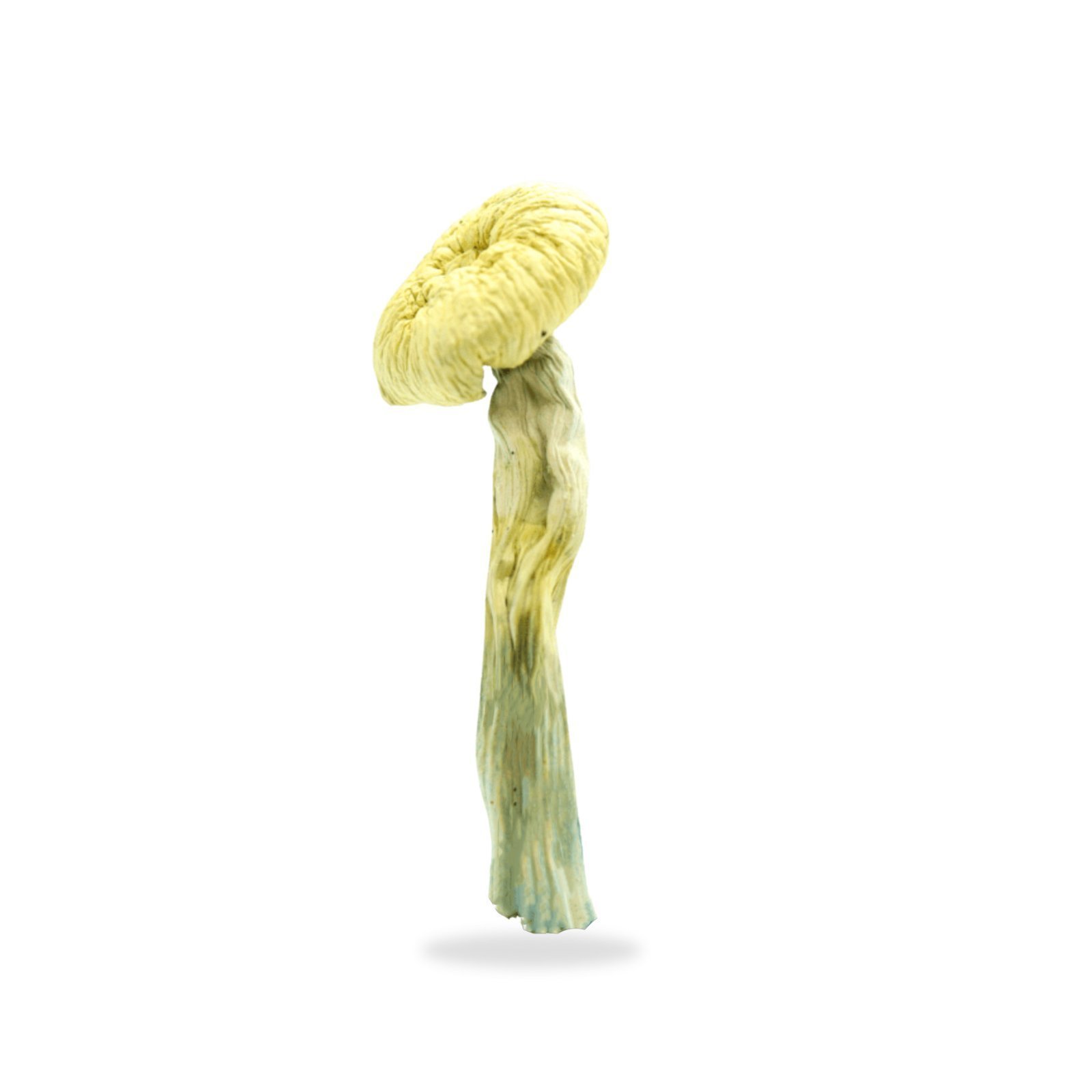Description
Buy Avery’s Albino Magic Mushrooms
Strain Overview:
1. Species: Psilocybe cubensis
2. Strain: Avery’s Albino
3. Origin: Developed by Avery, a reputable breeder
4. Potency: High (PSI: 1.2-1.8%)
5. Effects: Visual, introspective, and euphoric
Physical Characteristics:
1. Cap: 2-4 cm, convex to bell-shaped, pure white to light cream
2. Stem: 4-6 cm, white to light gray, thick and fleshy
3. Gills: Attached, light gray to white
4. Spores: White to light yellow
Effects:
1. Visuals: Intense patterns, colors, and shapes
2. Mood: Euphoric, relaxed, and introspective
3. Thoughts: Deep contemplation, creativity, and insight
4. Body: Relaxation, reduced anxiety
Cultivation:
1. Difficulty: Moderate
2. Substrate: Manure, compost, straw
3. Temperature: 75-85°F (24-29°C)
4. Humidity: 80-90%
Risks and Considerations:
1. Legality: Check local laws and regulations
2. Dosage: Start low (0.1-0.5g) and titrate
3. Interaction: Avoid mixing with medications or other substances
4. Mental health: Consult medical professionals if needed
Research and Studies:
1. Psilocybin-assisted therapy for mental health conditions
2. Neuroplasticity and cognitive enhancement
3. Addiction treatment and recovery
Interesting Facts:
1. Avery’s Albino is a rare, albino variant of Psilocybe cubensis
2. This strain is known for its unique appearance and potent effects
3. Reports of intense spiritual experiences
Resources:
1. Psilocybin research studies
2. Mycology forums and communities
3. Psychedelic education and harm reduction resources
Psychedelic-Assisted Therapy Protocols: Avery’s Albino
General Principles:
1. Patient preparation and screening
2. Controlled therapeutic setting
3. Trained therapists or facilitators
4. Dose-controlled psychedelic administration
5. Integration and follow-up sessions
Specific Protocols:
1. Psilocybin-Assisted Therapy (PAT):
– Dose: 10-30mg psilocybin
– Sessions: 1-3, spaced 1-4 weeks apart
– Focus: Depression, anxiety, addiction
2. Psychedelic-Assisted Cognitive Behavioral Therapy (CBT):
– Combine psychedelic experiences with CBT principles
– Focus: Depression, anxiety, trauma
3. MDMA-Assisted Psychotherapy:
– Dose: 75-125mg MDMA
– Sessions: 2-3, spaced 2-4 weeks apart
– Focus: PTSD, social anxiety, addiction
4. Psychedelic-Assisted Cognitive Behavioral Therapy (CBT):
– Combine psychedelic experiences with CBT principles
– Focus: Depression, anxiety, trauma
5. MDMA-Assisted Psychotherapy:
– Dose: 75-125mg MDMA
– Sessions: 2-3, spaced 2-4 weeks apart
– Focus: PTSD, social anxiety
Therapeutic Models:
1. Psycholytic Therapy: Emphasizes emotional release and catharsis
2. Psychedelic-Assisted Psychotherapy: Focuses on insight-oriented therapy
3. Integrative Psychiatry: Incorporates psychedelic experiences into comprehensive treatment plans
Research Institutions:
1. Johns Hopkins University
2. Imperial College London
3. Multidisciplinary Association for Psychedelic Studies (MAPS)
4. Center for Psychedelic Research (CPR)
Training and Certification:
1. MAPS’ Psychedelic-Assisted Therapy Training Program
2. CPR’s Psychedelic Therapist Training Program
3. International Society for Research on Psychedelics (ISRP) Certification
Important Considerations:
1. Psychedelic-assisted therapy should only be conducted under medical supervision
2. Ensure proper training and certification
3. Follow established protocols and guidelines











Reviews
There are no reviews yet.